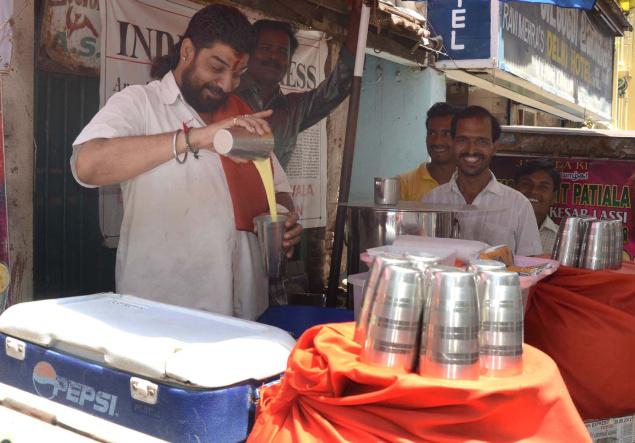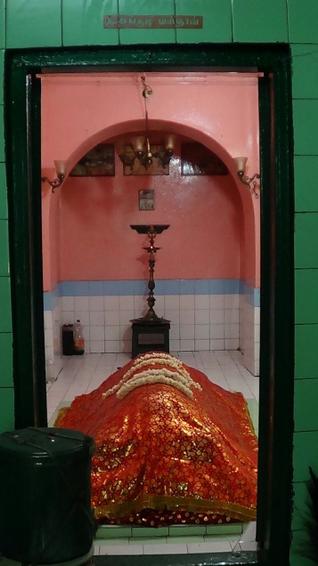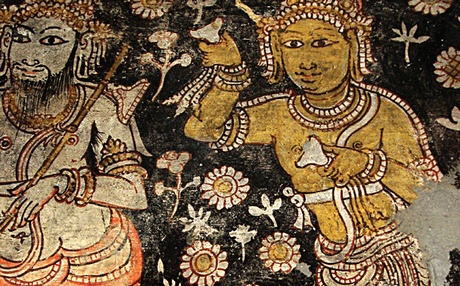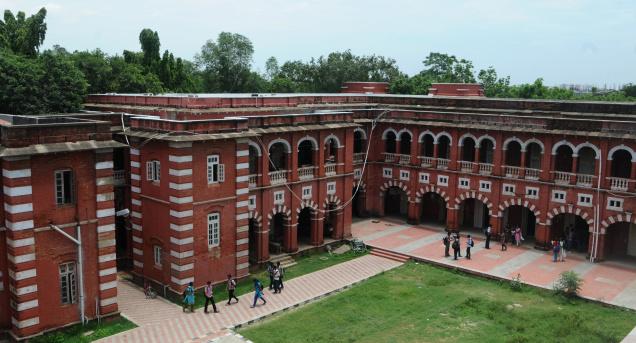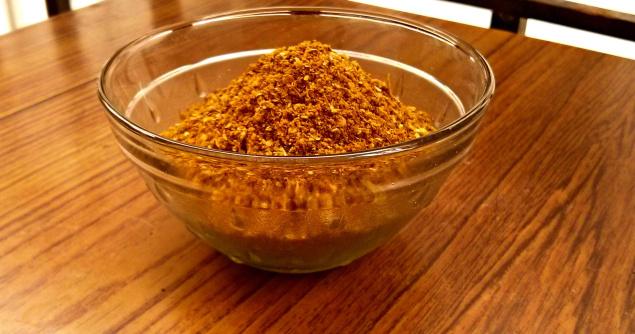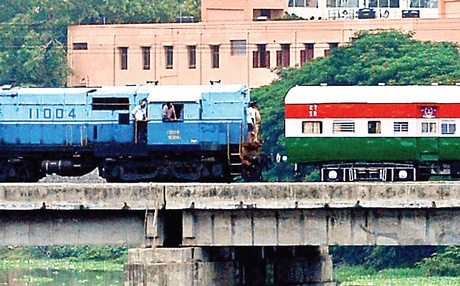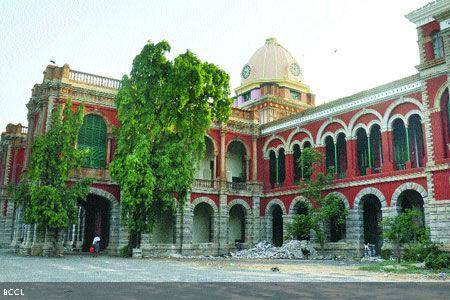Tired of taking your special one to swanky malls or movies? Well, this Madras Week , TOI lists out some places you could take him/her to get a real feel of Chennai we love so much…
Take a walk!
When was the last time the two of you took a walk and spoke with each other? Walks can be awesome as they help you notice little details about our city. While the Theosophical Society is a place that’s frequently-visited, the Semmozhi Poonga is a place where peace and greenery seem to almost co-exist with the bustling chaos associated with the roads in Chennai. Colleges in the city are a wonderful place to just take a stroll — campuses such as the IIT, Anna University and Madras Christian College are some examples. While at IIT, if you’re lucky, you might spot a deer or two as well. But, please do keep in mind that these are educational institutions — and we hope you understand what we’re referring to!![]()
On a science trip
We’re sure that your loved one would have mentioned at least once how he/she top-scored the last in science in, perhaps, class 4B or 5C (isn’t that how we used mention them?). Now, this is your chance to get back. Take him/her to the Planetarium near Kottupuram or the Museum at Egmore. Before doing so, just search the Internet and find out about the stuff they usually talk there. That way, you can show off in front of him/her and have your loved one in awe.
The view from the top
A bird’s-eye view of Chennai is something one cannot describe well in words — you have to experience it. So, why are you waiting — what better time than now to do that? While some of the swanky hotels do offer a breathtaking view of the city, there are other places where one can get the same experience without burning a hole in the pocket. The St Thomas Mount (or Parangi Malai, as referred to by locals) is one such place where you can even see aeroplanes taking off, considering its proximity to the airport. This is a place of worship, so please do bear that in mind while going there. The lighthouse at the Marina, which will be open to the public, is another option. From here, you can see the entire city and the sea too. Now, what could be more romantic than that?
source: http://www.articles.timesofindia.indiatimes.com / The Times of India / Home> Life & Style> Travel / by Srinivas Ramanujam, TNN / August 25th, 2013
